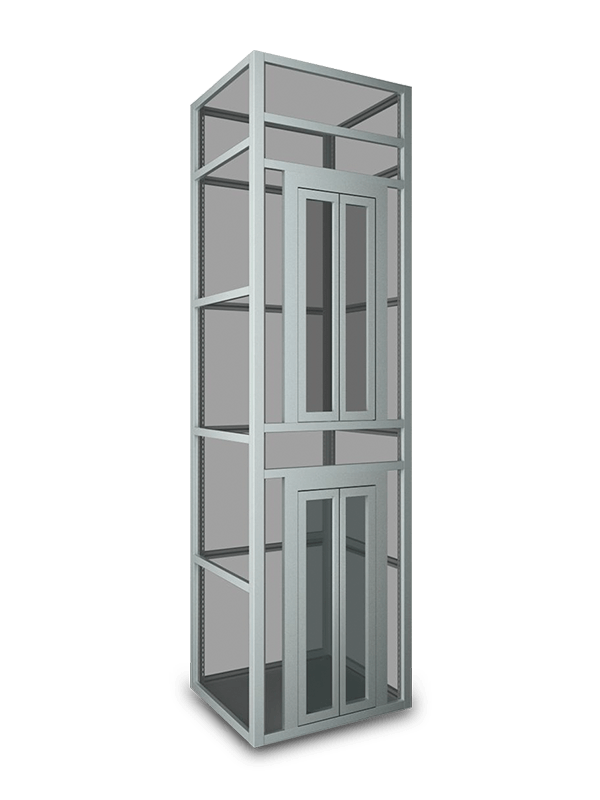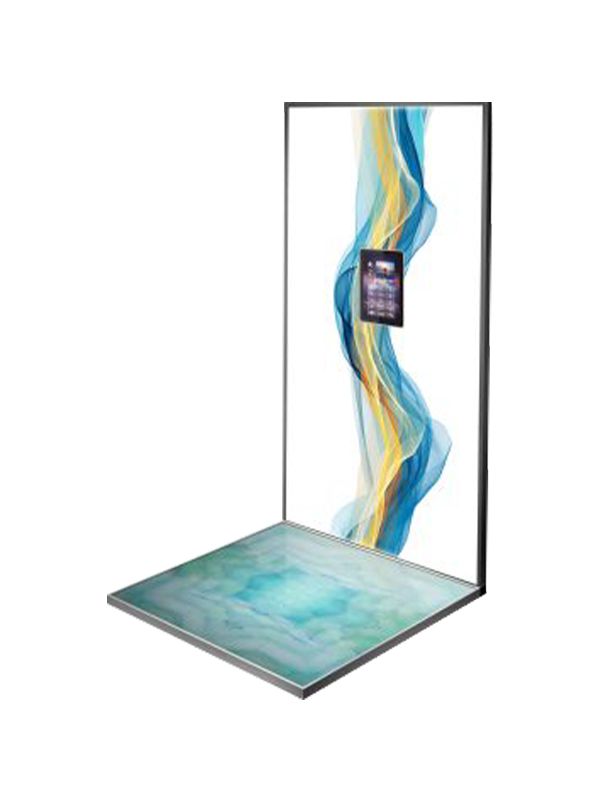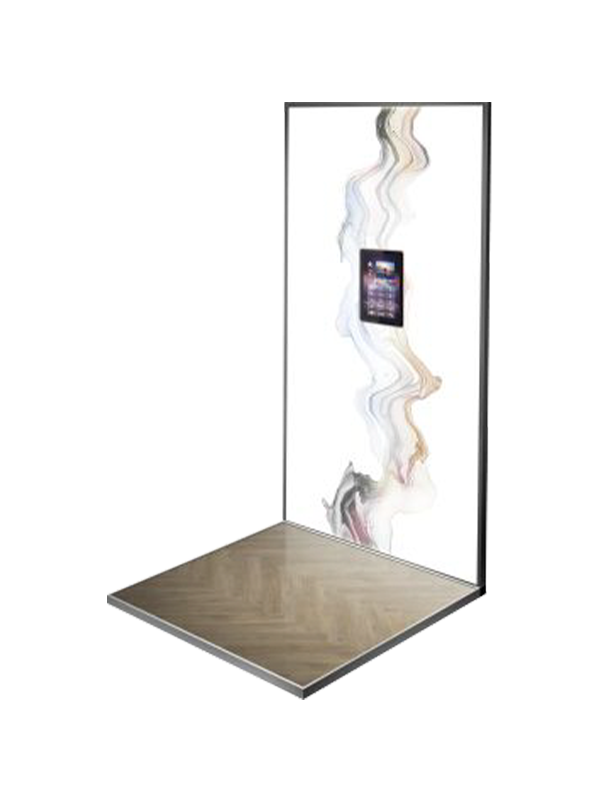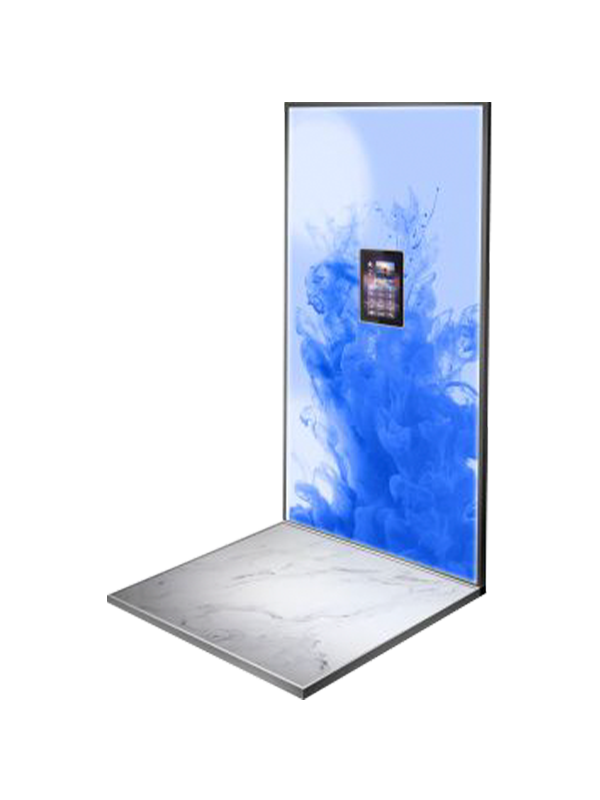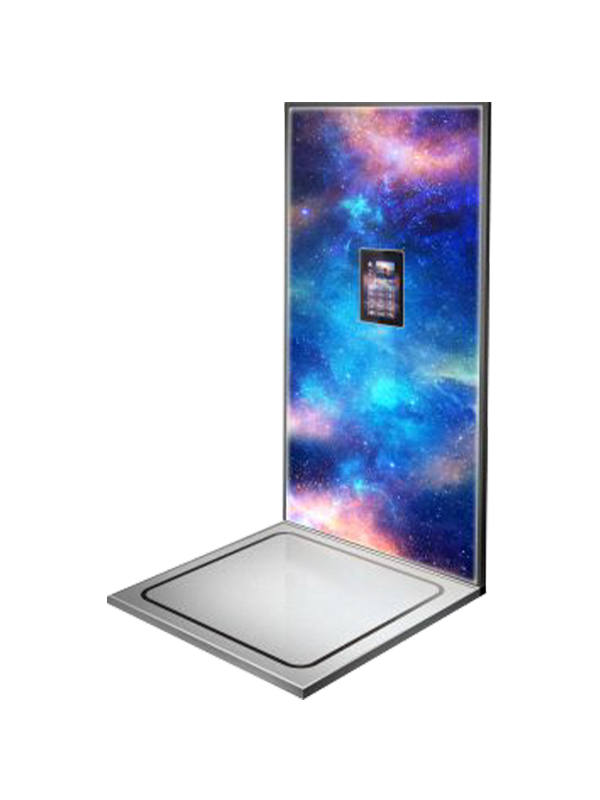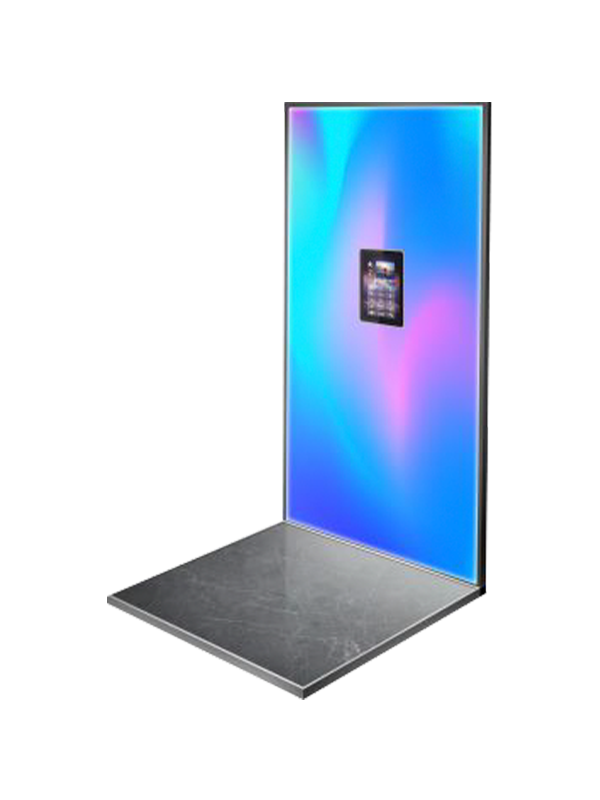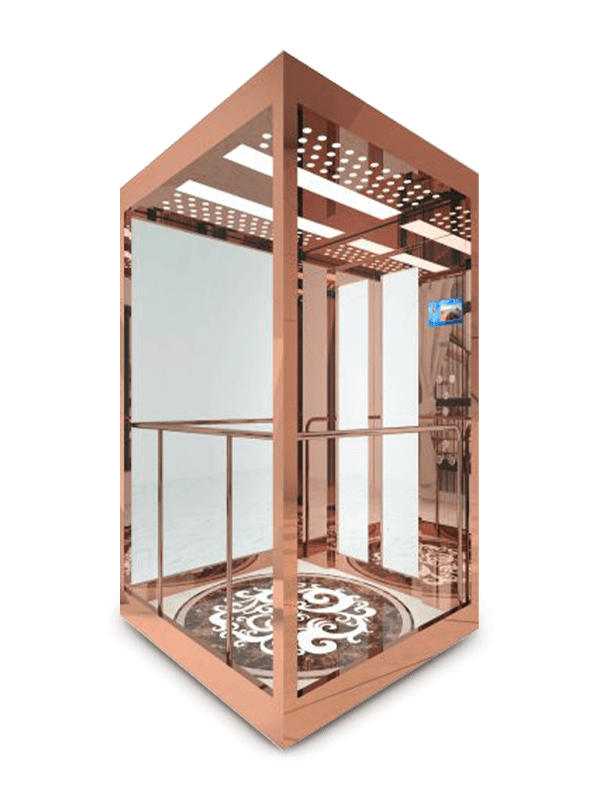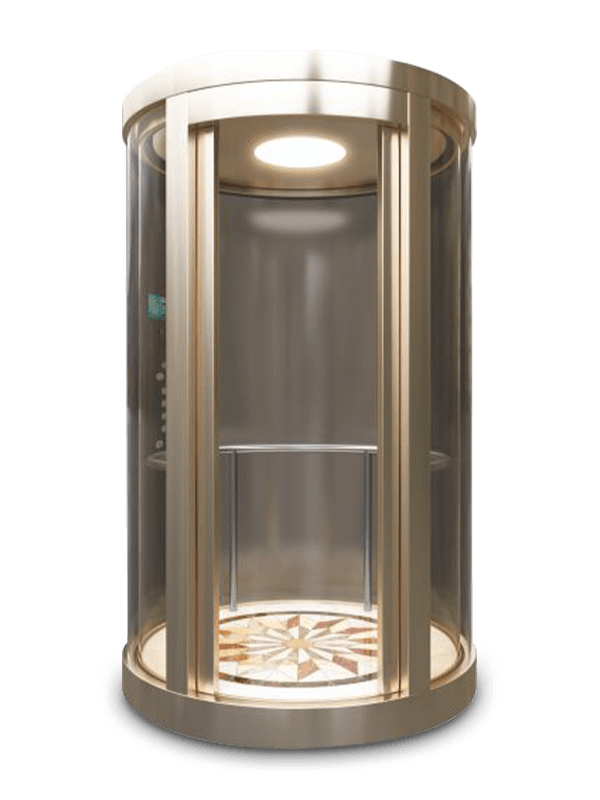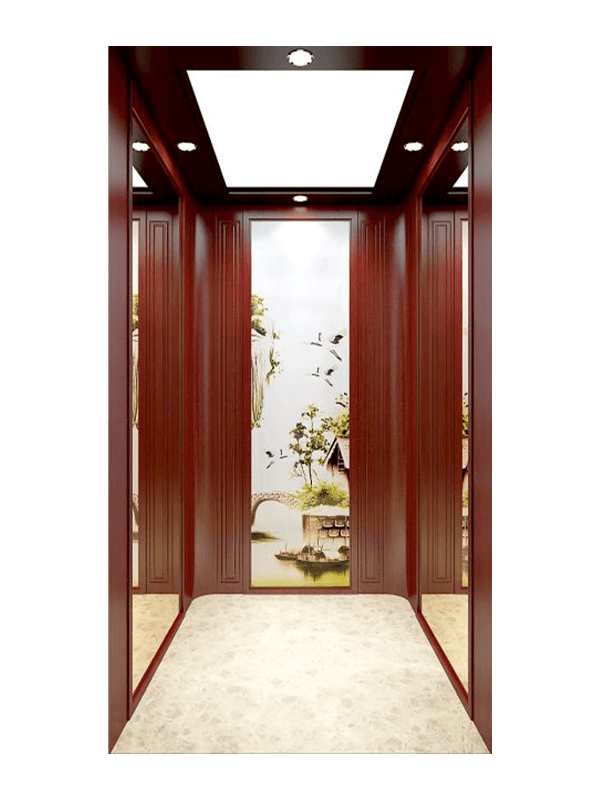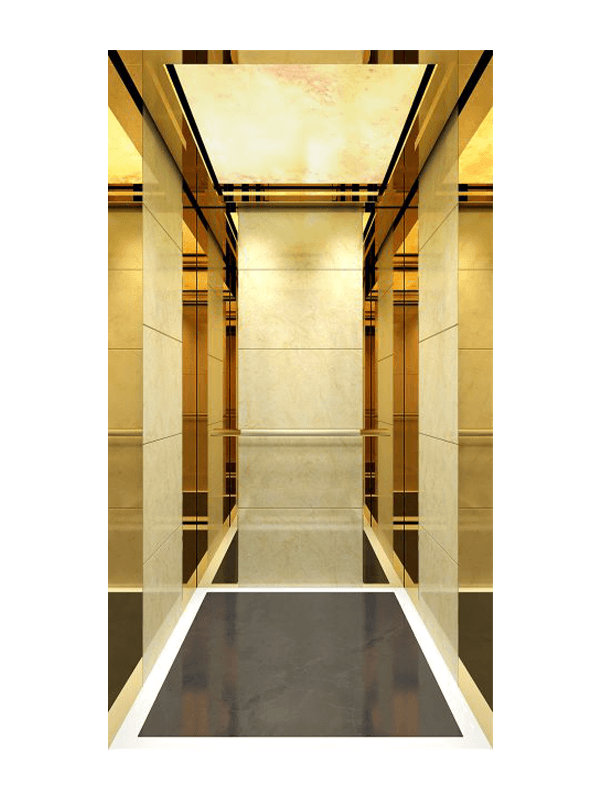It is best to choose the hydraulic form for the home villa elevator, because it is a mature product, and it is safe, reliable and quiet.
Why is it a mature product? Because the hydraulic technology originated in Europe, it has been nearly a century since its birth, and the use cases have exceeded 3 million units. It is widely used in Europe and the United States. The largest elevator exhibition in Europe is held every two years in Augsburg, Germany. The International Elevator Exhibition has a dedicated hydraulic elevator technology booth, with no less than 50 exhibitors, especially Germany, Italy, and Switzerland with the strongest hydraulic technology. The hydraulic systems produced by these three countries exceed 150,000 sets of hydraulic systems every year.
Why it is safe and reliable, because its main principle is that the motor drives the elevator to move up and down through oil injection to drive the cylinder, the driving principle is simple, and there is no loss in the middle. The medium oil body always moves up and down in the cylinder during the operation of the elevator, and the middle is connected by a high-pressure oil pipe, which can ensure that the elevator will never fall.
Why is it said to be silent, because whether it is a traction type or a new screw type, it needs to be driven by a motor, and a small hydraulic type motor can be immersed in oil to block the noise of the motor. The traction type motor is directly in the elevator shaft, and the screw type is directly exposed to the air with the platform up and down, which cannot effectively isolate the noise.
Screw elevator analysis
At present, screw-type elevators have appeared on the market, and it is the safest to publicize new technologies to the outside world. In this regard, we have done some thinking and analysis, hoping to help consumers and colleagues in the elevator industry. At present, the giants in the entire elevator industry do not develop screw elevators. If the screw elevator is really as good as advertised, why don't the giants in the elevator industry develop this kind of elevator, do they have the technology and strength? At present, the mainstream drive in the market is traction and not hydraulic. These have relevant production qualifications issued by the state, and my country has not issued any relevant qualifications for screw types so far. From the market usage, it becomes clearer that the traction type is the most common. The annual usage in the Chinese market is about 500,000 units, mainly in residential quarters; the annual usage of the hydraulic type is about 10,000 units, mainly in large Among the tonnage freight elevators and villa elevators, hydraulic elevators are mostly used in Europe because the houses are mostly 5-6 floors.
Let’s do some analysis from the technical level:
Easy to wear and tear---The screw elevator uses the motor as the power source, and the motor is connected by the belt and not the nut.
The nut teeth and the yin and yang meshes between the screw teeth, when the motor works, the nut is driven to move on the screw, thereby driving the platform to move up and down. Due to the yin-yang meshing between the nut teeth and the screw teeth, wear occurs. Generally, after a few years of use, with the wear and tear, the gap between the nut teeth and the screw teeth will become larger, and the noise during operation will also increase accordingly. Maintenance costs will also rise. Once the wear exceeds a certain safety value, the main component - the screw must be replaced, so the service life is limited. Although the use of home elevators is small, it should be used for at least 20 years as a large item. Replace the main drive components, that's too short to be economical.
The up and down operation of the easy-to-shake screw elevator completely relies on a screw. This screw is not only a running track but also a carrier for up and down stops without running. Therefore, there cannot be any fixed points in the middle. Only the bottom end and not the highest point have attachments. There is no fixed point in the middle of the screw (track) of such a length, and it will inevitably shake during operation. The traditional elevator has fixed points of guide rails every 1.5 meters to 2 meters, the purpose is to prevent the car from shaking due to the long running track. Therefore, the screw elevator may not feel obvious when it is newly installed, but as the running wear intensifies, the gap gradually increases, and the shaking will become more and more obvious.
Unsafe---The screw elevator generally adopts the type of no car, the passengers and the glass shaft wall are reversed, that is to say, the passengers are moving but the outer wall does not move, once the passengers slip or lean on the outer wall, it is easy to collide And injury accident, there are no photoelectric timely protection measures in the other four weeks, only mechanical passive protection. Once an accident occurs, the injury has already occurred, and even the safety of general elevators cannot be achieved. In traditional elevators, the car and the passengers must move in the same direction, which is always kept in a stable space, and there is photoelectric protection in the door area. If there is an accident, it can be avoided in time and active protection can be achieved. At present, only simple or construction elevators use the platform type without car. The safety of elevators comes first, not just a tool for people to get on and off.








 English
English عربى
عربى Deutsch
Deutsch Español
Español Français
Français русский
русский 日本語
日本語 简体中文
简体中文
